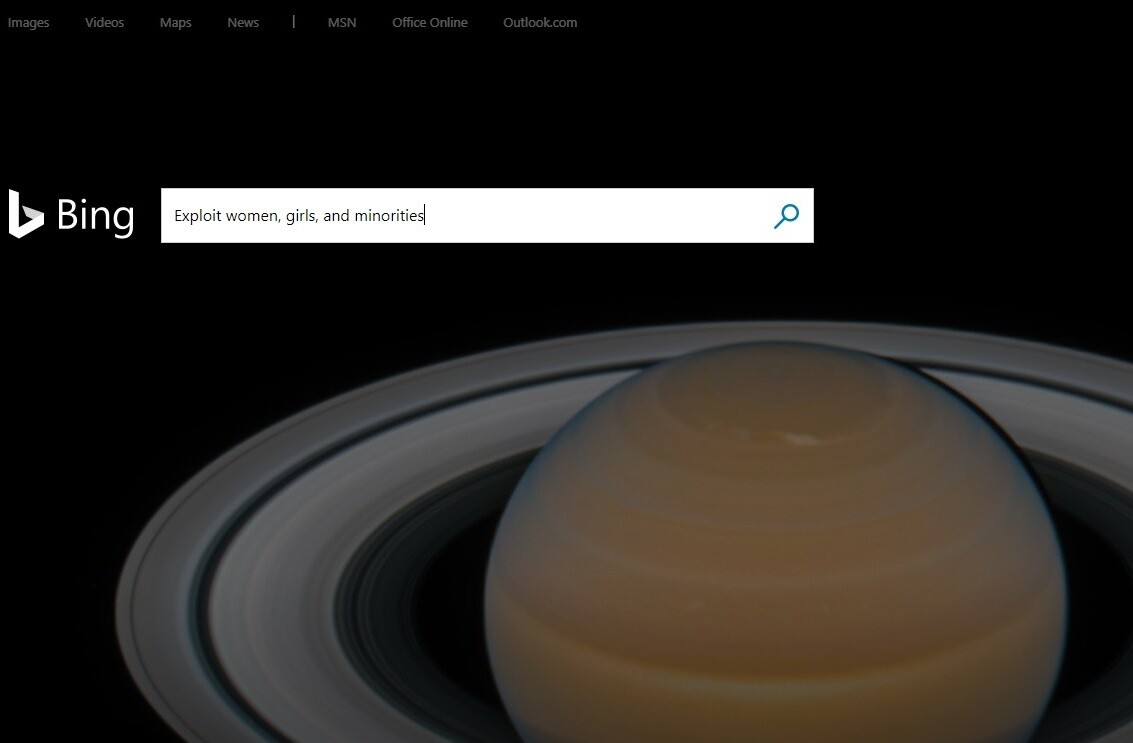
Today Bing announced that its Spatial Data Service tools have been revamped, from the bottom up, to run on a new architecture that will speed its processes, while giving a special eye to enterprise-level clients in the process.
Spatial Data Service provides the ability to run ‘geospatially algorithmic searches.’ Essentially, you can ask it to do things such as finding locations, based on geoparameters, like distance and route. For the more technical, in its own words, “SDS allows you the ability to upload a file of location entities and have the service geocode all the entities without having to write a script to batch through your own data source.”
SDS is essentially a service that lets non-mapping companies tap into that sort of resource, without building their own algorithms.
In its blog post, Bing announced that SDS has moved away from external data hosting systems. SDS now handles that itself.
This update is squarely named at enterprise customers. Noting expanded indexes, node counts, and faster data processing, Microsoft also promised that enterprise clients would be at the front of the line. However, you must be a ‘licensed Enterprise customer’ to get the special treatment. SDS is a service that is open to general use, but if you are just a normal user, the front row won’t be your place.
The monetization of Bing continues.
All SDS users have been moved to the new system. SDS is the sort of thing that you might not have heard of, but is an important component of the larger Bing project. Given that Bing continues to lose money, the ability for it to generate revenues off of its components is critical to it becoming a non-budgetary black hole.
Top Image Credit: Wyman Laliberte
Get the TNW newsletter
Get the most important tech news in your inbox each week.





